
| Version | Summary | Created by | Modification | Content Size | Created at | Operation |
|---|---|---|---|---|---|---|
| 1 | Sirius Huang | -- | 988 | 2022-11-14 01:41:51 | | | |
| 2 | Sirius Huang | Meta information modification | 988 | 2022-11-15 06:50:49 | | |
Video Upload Options
Kokum oil comes from the seeds of the kokum tree (Garcinia indica). This fruit-bearing tree is also known as the wild mangosten tree, and also the red mangosten tree. This tree belongs to the Guttiferae family of the plant kingdom. Its scientific name is Garcinia indica. The oil extracted from the seeds is edible, and it can also be used for things other than cooking.
1. Common Names in Indian Language[1]
- Common name: Kokam, Goa butter tree, kokum butter tree, mangosteen
- Marathi: kokum (कोकम), bheranda( भेरंड), bhiranda(भिरंड), kokamba(कोकंब), kokambi(कोकंबी ), ratamba(रातंबा), ratambi( रातंबी), तांबडा आंबा tambada amba
- Hindi: kokum (कोकम)
- Tamil: murgal, murgal-mara
- Malayalam: kaattampi(കാട്ടമ്പി),kokkam(കൊക്കം )
- Kannada: murgina(ಮುರ್ಗಿನ), punarpuli(ಪುನರ್ಪುಳಿ), devana huli
- Oriya: tintali
- Gujarati: કોકમ kokam
- Konkani: bhirind( भिरींड), kokam(कोकम)
- Sanskrit: वृक्षामला vrikshamla, amlabija, amlapura, amlashaka
2. Origin of the Kokum Tree
Although some people place the kokum’s origins in Africa, others believe kokum is indigenous to the Western Ghats of India . The kokum tree has been a part of India’s history for centuries.[2]
2.1. Habitat
Kokum is an indigenous tree of the tropical rain forests of the Western Ghats of South India. This evergreen tree is mainly found along the west coast of the Konkan, Goa, Karnataka and North Malabar.[3] The tree is also found in Jaintia Hills, West Bengal, the Nicobar Islands, and Assam. It is typically found along the westward slopes of the Western Ghats, between the sea level plains up to an elevation of about 800 m.
3. Morphology
3.1. Tree
The Kokum tree grows to varying sizes. It is characterized by a dense canopy of green leaves and red-tinged tender emerging leaves. The mature tree grows up to 15 to 18 meters in height. It is predominant in the East Indies. Its propagation is generally through seeds and silviculture. It takes about 7 to 10 years for it to bear an economical amount of fruit.
Leaves: the leaves are oblong and lance-shaped with a glossy surface. The young leaves have a red tint to them; mature leaves are deep green and 5.5–8 cm long and 2.5–3 cm broad. The leaves are dark green in the upper portion and pale in the lower portion.
Flowers: in India, the kokum blooms between the months of November and February. The flowers are a fleshy, dark pink and can appear either solitary or in spreading clusters. The flowers of the kokum are unisexual, axillary or terminal or solitary.[4]
Fruits: in India the fruits ripen in April and May. An average tree yields 60 to 80 kilograms of fruit, the fruit is berry-like; it appears dark purple when ripe and is spherical in shape and lemon-sized, with a diameter of about 2.5-3.0 cm. The fruit has an agreeable flavor and a sweet, acidic taste. The fruits contain 10 percent malic acid and a small proportion of tartaric and hydroxy citric acid. They contain anthocyanin, coloring matters, cyanidin-3-glucoside and sambubioside. The fruit is anthelmintic and cardiotonic and useful in the treatment of piles, dysentery, tumors, pains and heart problems.[5] Kokum fruit is considered to act as a cholagogue, and is also used in treatment of skin rashes caused by allergies. Kokum fruit is steeped in sugarsyrup to make amrut-kokum, and is used to avoid sunstroke.[6]
Seeds: the fruits contain five to eight large seeds which account for 20 to 23 percent of the fruit's weight. The kernels account for 61 percent of the weight of the seed, while the oil content of the kernel accounts for about 44 percent. The seeds are compressed and embedded in an acidic pulp. The oil content of the seeds is 23-26 percent. The average yield of seeds for a tree is 10-15 kilograms. The fruits are collected for seeds from April to May.[7] The kernels account for 60 percent of the fruit by weight. The oil content of a kernel is 41-42 percent. A kernel contains protein up to 17 percent.
3.2. Collection of Seeds
Fruits are collected manually by handpicking. The tree branches are shaken with long sticks and fallen fruits are collected. The fruits are broken by sticks to separate the seeds, which are picked up by hand. Then the separated seeds are dried to reduce their moisture content.
3.3. Properties of Oil
Kokum oil or kokum butter is light gray or yellowish in color. After refining, the kokum fat is equivalent to vanaspati ghee.
Table-physical-chemical properties of oil[8]
| Property | Limits |
| Appearance | Light pinkish white color |
| Odor | Characteristic kokum odor |
| Taste | Typical taste of kokum fat |
| Specific gravity | .898-0.914 |
| Slip melting point | 34-40 °C |
| Iodine value | 34-40 |
| Saponification value | 187-193 |
| Unsaponifiable matter | 1.2%ax |
| Moisture | 0.25 |
| Peroxide value | 4.0 max |
Kokum oil contains up to 60-65 percent saturated fatty acid, making it solid at room temperature, so this oil is known as kokum butter or kokum fat. Its triglyceride composition is uniform and consists of up to 80% of stearic-oleic-stearic (SOS) triglycerides. The butter melts readily on contact with the skin.[9]
Fatty acid composition of fat[7][8]
| Fatty acid | Percentage |
| Palmitic acid(C16:0) | 2.0-8.0 |
| Stearic acid(C18:0) | 55-65 |
| Oleic acid(C18:1) | 30-44 |
| Linoleic acid(C18:2) | 0-8 |
3.4. Uses of Oil
Kokum butter is non-greasy and gets absorbed into the skin once it is applied. It is often used as a substitute for cocoa butter due to its triglyceride composition. Kokum butter also contains antioxidants and vitamin E.[10] Kokum butter exhibits excellent emollient properties and high oxidative stability, which can assist emulsion integrity. With its relatively higher melt point, it melts slightly at skin temperatures, making it ideal for lipsticks and balms. It is also added in the making of bar soaps and skin lotions.[9] Kokum butter is also used to treat dry lips, chapped hands and soles of the feet.[11]
3.5. Photo Gallery
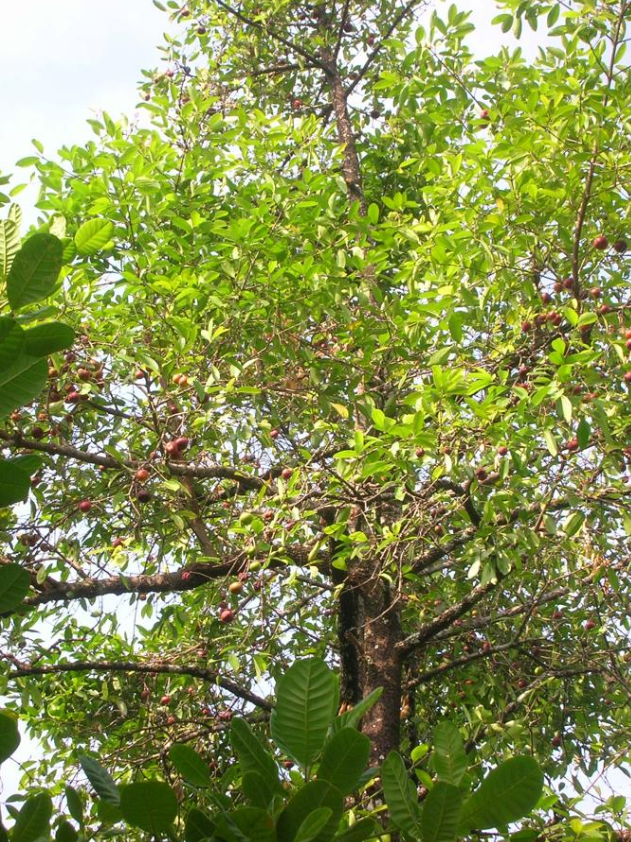
tree https://handwiki.org/wiki/index.php?curid=1983753
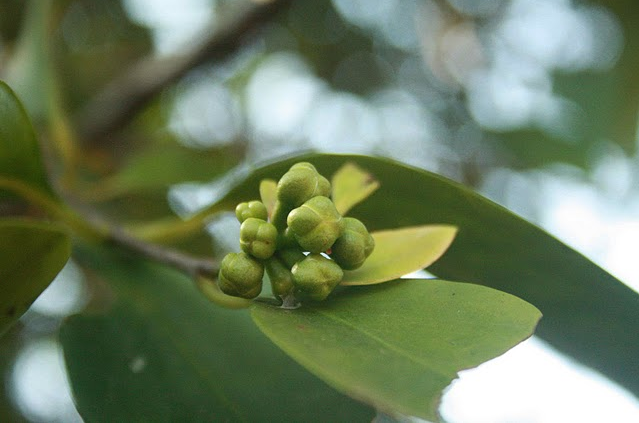
flower buds. https://handwiki.org/wiki/index.php?curid=1442727
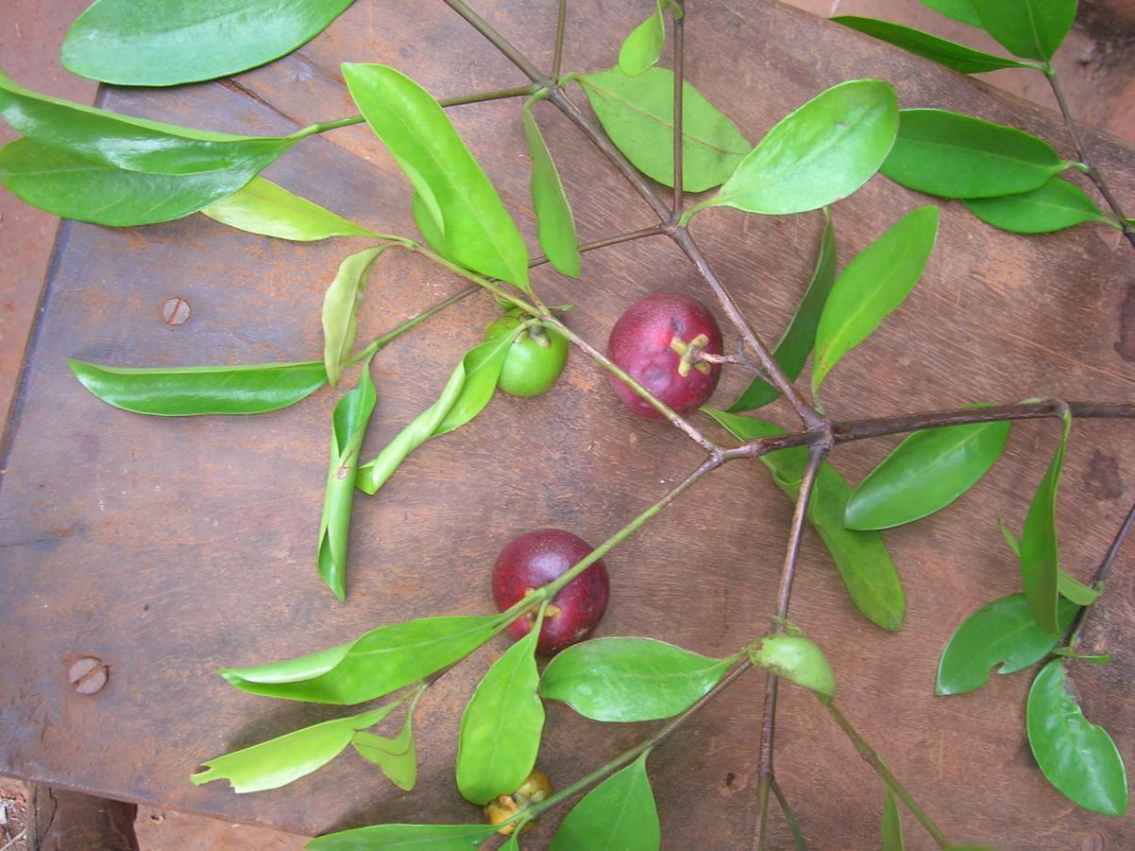
leaves-fruit. https://handwiki.org/wiki/index.php?curid=1304242
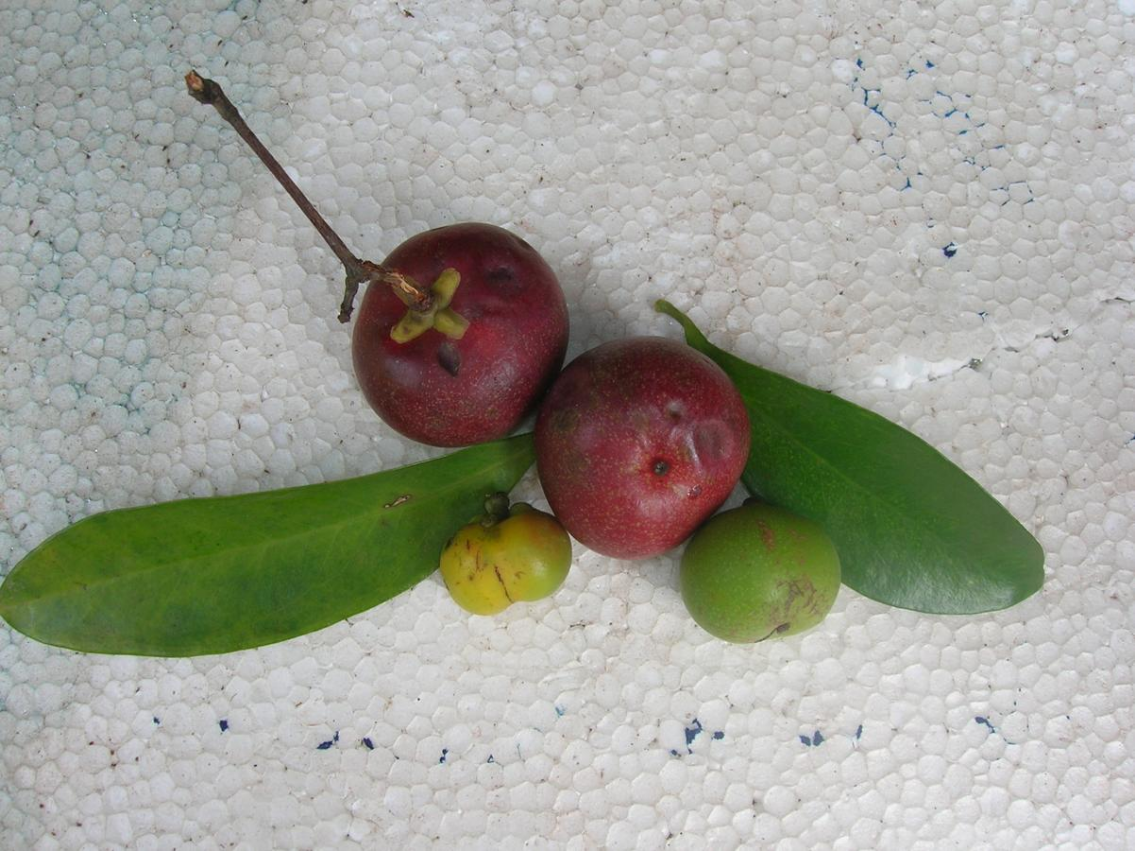
leaf-fruit raw and ripe. https://handwiki.org/wiki/index.php?curid=1101377
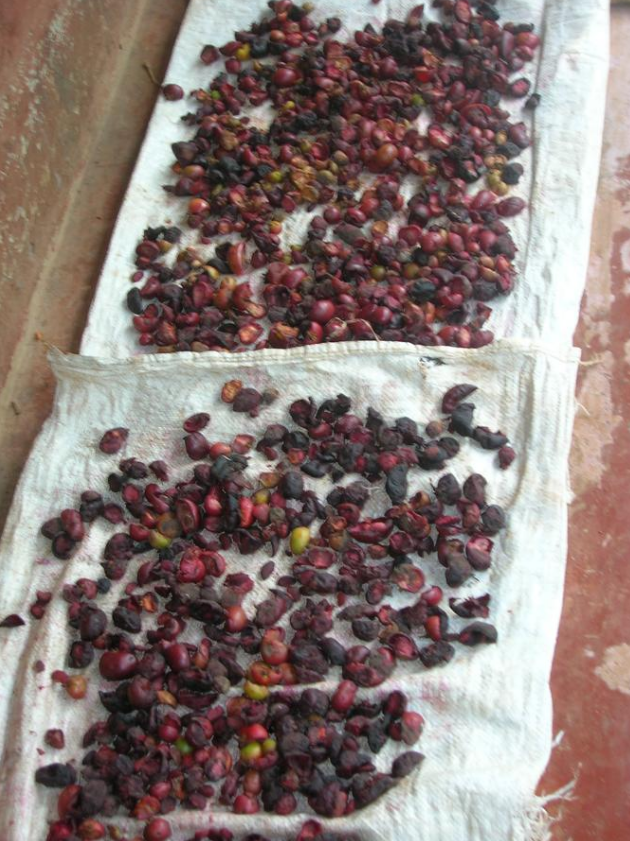
fruit peel. https://handwiki.org/wiki/index.php?curid=1608365
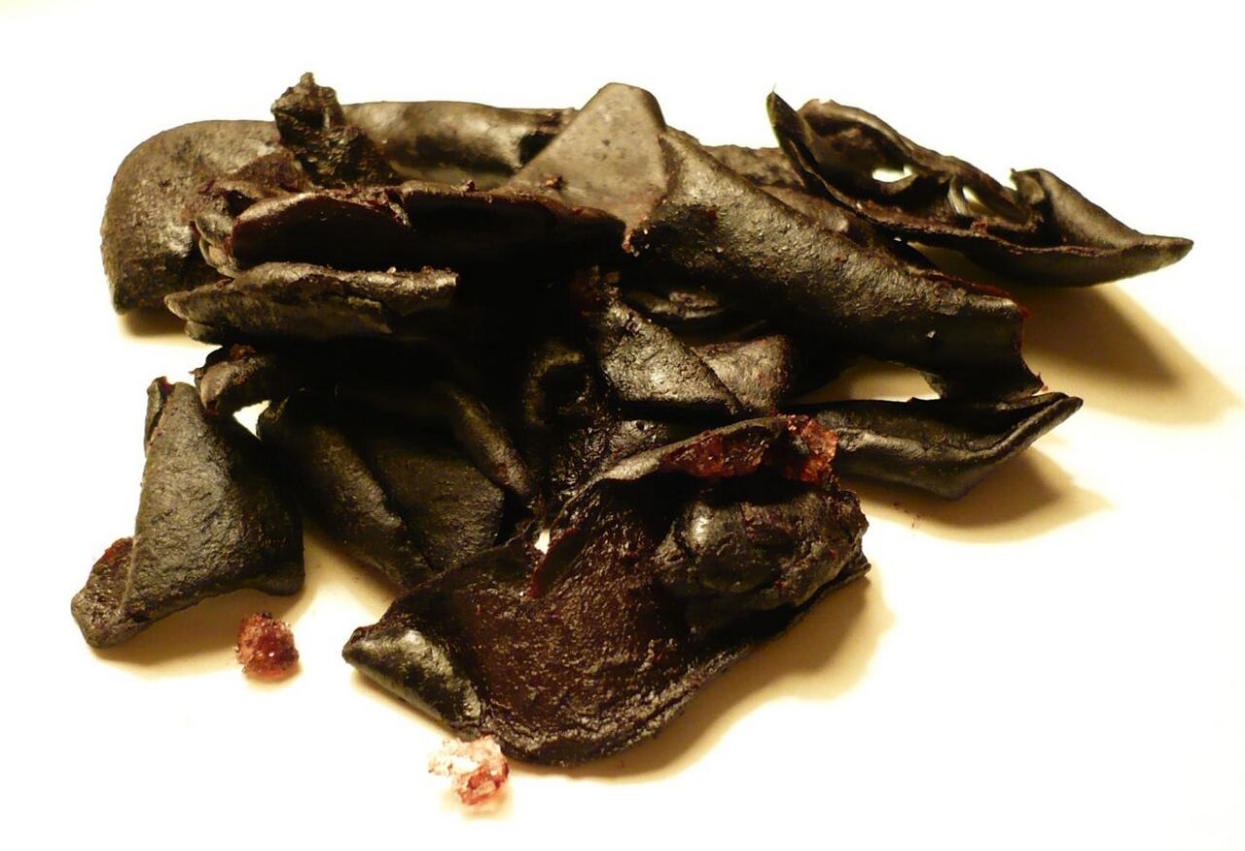
dried fruit. https://handwiki.org/wiki/index.php?curid=1099733
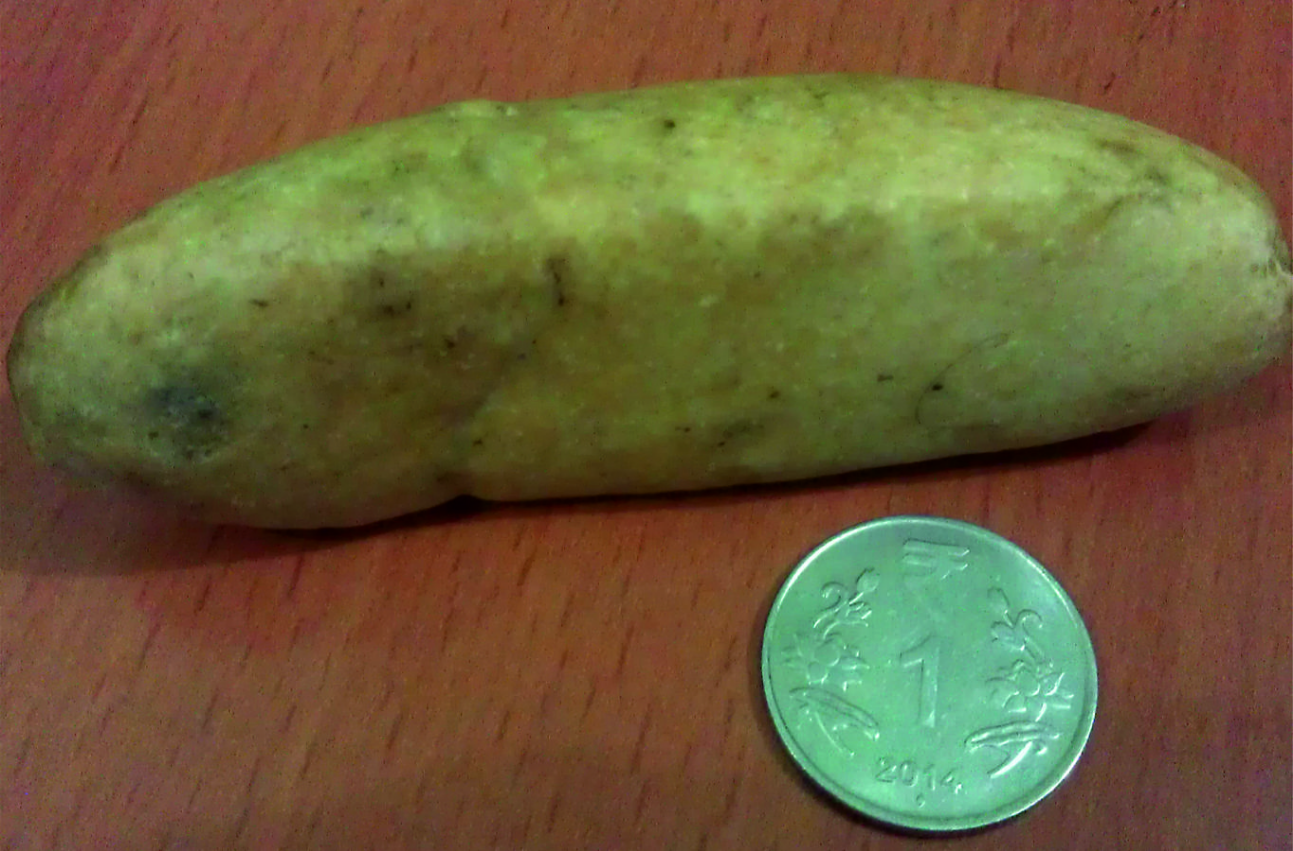
Kokum Butter as sold traditionally in the form of oblong ball. https://handwiki.org/wiki/index.php?curid=1796182
References
- "Garcinia indica - Kokam". Flowersofindia.net. http://www.flowersofindia.net/catalog/slides/Kokam.html. Retrieved 2013-11-21.
- Reddy, Catherine (2012-10-27). "The Indian Vegan: All About Kokum". Theindianvegan.blogspot.in. http://theindianvegan.blogspot.in/2012/10/all-about-kokum.html. Retrieved 2013-11-21.
- "Nature Watch : The Kokum Tree". Ias.ac.in. http://www.ias.ac.in/resonance/Volumes/01/01/0086-0089.pdf. Retrieved 2013-11-21.
- "Error: no |title= specified when using {{Cite web}}". Archived from the original on January 31, 2012. https://web.archive.org/web/20120131101101/http://etd.uasd.edu/ft/th9826.pdf. Retrieved November 17, 2013.
- "Kokam , Garcinia indica Choisy, Guttiferac, Atyamala, Raktapurak, Vrikshamla, chukra, tintidika, Kokum, Murgala, Punampuli, Murgal, Kokam, Birund, amsul, ratamba, kolambi, Tintali, Wild mangosteen, red mangosteen". Svlele.com. http://www.svlele.com/kokam.htm. Retrieved 2013-11-21.
- "Mahanandi » Kokum (Garcinia Indica, Amsool)". Nandyala.org. http://www.nandyala.org/mahanandi/archives/2008/01/24/kokum-garcinia-indica-amsool/. Retrieved 2013-11-21.
- SEA,HandBook-2009,By The Solvent Extractors' Association Of India
- "Kokum Fat - Garcinia indica Fat, kokum fruit, cambogia garcinia, garcinia extract". Pioneerherbal.com. Archived from the original on 2014-02-20. https://web.archive.org/web/20140220005419/http://www.pioneerherbal.com/food-additives/kokum-fat.html. Retrieved 2013-11-21.
- "Kokum Butter". Soapgoods.com. http://www.soapgoods.com/Kokum-Butter-p-1258.html. Retrieved 2013-11-21.
- "benefits". Kokum Butter. http://kokum-butter.com/tag/kokum-butter-benefits. Retrieved 2013-11-21.
- "Benefits of Kokum Butter | Health and Beauty". Healthnbeauty.myworldmysite.com. Archived from the original on 2013-12-12. https://web.archive.org/web/20131212125613/http://healthnbeauty.myworldmysite.com/content/benefits-kokum-butter. Retrieved 2013-11-21.
- "KOKUM". Fruitipedia.com. http://www.fruitipedia.com/kokum.htm. Retrieved 2013-11-21.




